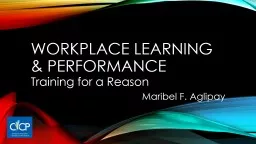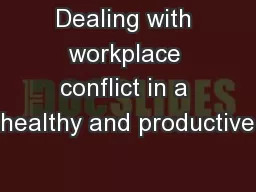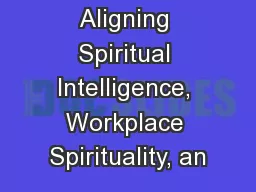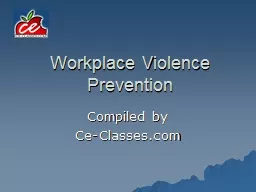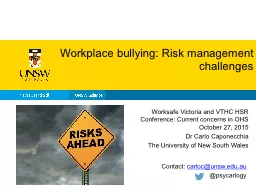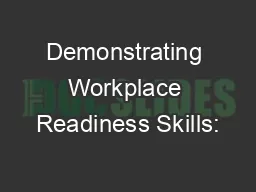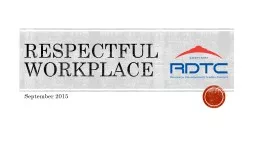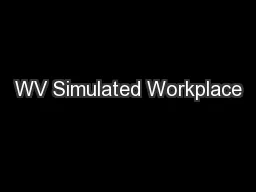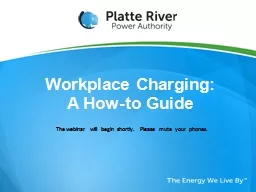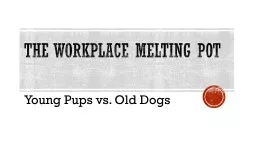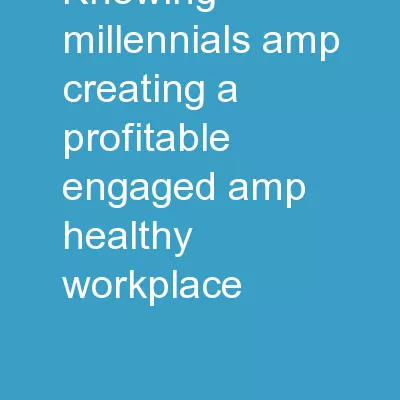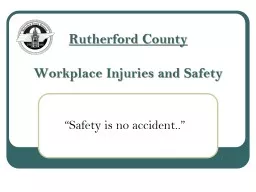PPT-Workplace Learning & performance
Author : provingintel | Published Date : 2020-07-04
Training for a Reason Maribel F Aglipay Objective At the end of the onehour session participants will be able to align human resource development activities with
Presentation Embed Code
Download Presentation
Download Presentation The PPT/PDF document "Workplace Learning & performance" is the property of its rightful owner. Permission is granted to download and print the materials on this website for personal, non-commercial use only, and to display it on your personal computer provided you do not modify the materials and that you retain all copyright notices contained in the materials. By downloading content from our website, you accept the terms of this agreement.
Workplace Learning & performance: Transcript
Download Rules Of Document
"Workplace Learning & performance"The content belongs to its owner. You may download and print it for personal use, without modification, and keep all copyright notices. By downloading, you agree to these terms.
Related Documents

